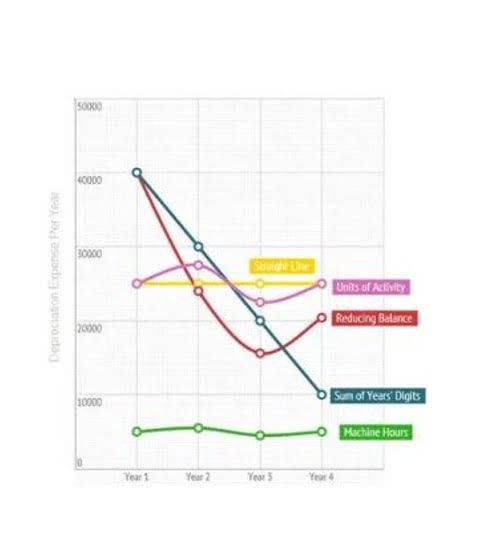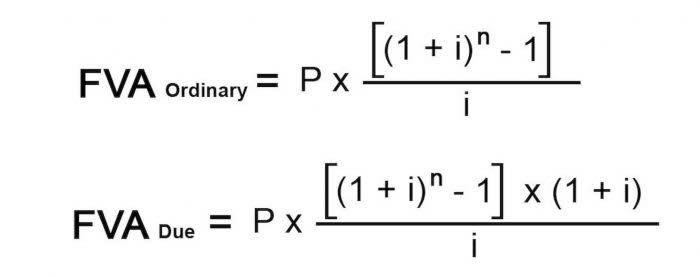
Share capital is the capital raised by a business to fund the business activities. Ratios help us understand the financial health and performance of a company. Shareholders’ equity is the owners’ stake in the company after all debts have been paid. These are short-term financial obligations that a company needs to pay off within a year. Current assets are short-term in nature and are typically more liquid, meaning they Certified Public Accountant can be quickly turned into cash. Current assets are like the cash in your wallet or the groceries in your pantry—they’re items that are expected to be converted into cash or used up within a year.

Classified balance sheet format: Asset, Liability, and the Equity section

For example, a service provider will have very different accounts than a manufacturer. On SoFi’s marketplace, you can shop and compare financing options for your business in minutes. This content may include information about products, features, and/or services that may only be available through SoFi’s affiliates and is intended to be educational in nature. SoFi has no control over the content, products or services offered nor the security or privacy of information transmitted to others via their website. We recommend that you review the privacy policy of the site you are entering. SoFi does not guarantee or endorse the products, information classified balance sheet or recommendations provided in any third party website.
Popular Sections
- Financial management and reporting form the backbone of any successful business, providing insights into the financial health and stability of the organization.
- This complexity arises from evolving regulations, increasing data volumes, and the demand for timely decision-making.
- This type of analysis wouldn’t be possible with a traditional balance sheet that isn’t classified into current and long-term categories.
- A higher amount of current liabilities than current assets can be a red flag, suggesting potential liquidity issues.
- Each category groups similar items, such as cash under current assets or long-term loans under non-current liabilities.
- By utilizing the insights gained from a classified balance sheet, stakeholders can navigate the financial landscape with greater confidence and make sound financial judgments.
- This blog delves into the definition, purpose, and steps to prepare a classified balance sheet, helping you understand its importance in financial reporting.
It groups or ‘classifies’ assets, liabilities, and equity into several subcategories, making it easier for stakeholders to analyze and interpret the data. We have also examined how they serve as essential guides for various stakeholders, including investors, creditors, and internal management. A classified balance sheet is a financial document that subcategories the assets, liabilities, and shareholder equity and presents meaningful classification within these broad categories.
Preparing a Classified Balance Sheet: Step-by-Step Guide

A classified balance sheet is like having your school locker organized with separate sections for books, sports gear, and lunch. It groups the company’s assets (things it owns) and liabilities (things it owes) into clear categories. This helps us see what the company uses every day, like cash or products to sell, which are called current assets. It also shows us the big things it plans to keep for a long time, like buildings or equipment, known as long-term assets. A consolidated balance sheet integrates the financial information of a parent company and its subsidiaries into one document, reflecting the group’s overall financial position.
- The first group is called “current assets,” which are things the business plans to use or turn into cash within one year, like the money in the cash register or the supplies in the store.
- The current liabilities can be of interest and non- interest bearing nature.
- A very well-classified data ingrain confidence and trust in the investors and banks.
- A Classified Balance Sheet is a financial statement where the balances of assets, liabilities, and equity are grouped into meaningful categories.
- It highlights the company’s strengths and potential red flags, aiding in everything from investment choices to strategic planning.
#3 – Other Assets

This information can be used by https://www.bookstime.com/articles/payroll-fraud investors, creditors, and other interested parties to make informed decisions about whether to invest in or lend to the company. It is the format of reporting a company’s or business’s assets and liabilities. In a classified balance sheet, the assets, liabilities, and shareholder’s equity is segregated or categorized into sub-classes. Each classification is organized in a format that can be easily understood by a reader. A classified balance sheet presents information about an entity’s assets, liabilities, and shareholders’ equity that is aggregated (or “classified”) into subcategories of accounts.
- The distinctive subcategories assist an investor with understanding the significance of a specific entry in the Classified balance sheet and the reason it has been put there.
- Finally, the equity section shows retained earnings and common stock totaling $1,100,000.
- Taxes are incredibly complex, so we may not have been able to answer your question in the article.
- A well-represented and well-classified information instills confidence and trust in the creditors and investors.
- This helps stakeholders quickly assess the company’s liquidity, operational efficiency, and capital structure.
By the end of this article, you’ll understand a classified balance sheet like a pro. So grab a cup of coffee, get comfortable, and let’s dive into the world of classified balance sheets. Liabilities are obligations that the company owes to external parties, typically involving the payment of money, goods, or services in the future. The accounting cycle and double-entry accounting have been the focus of the preceding chapters.


